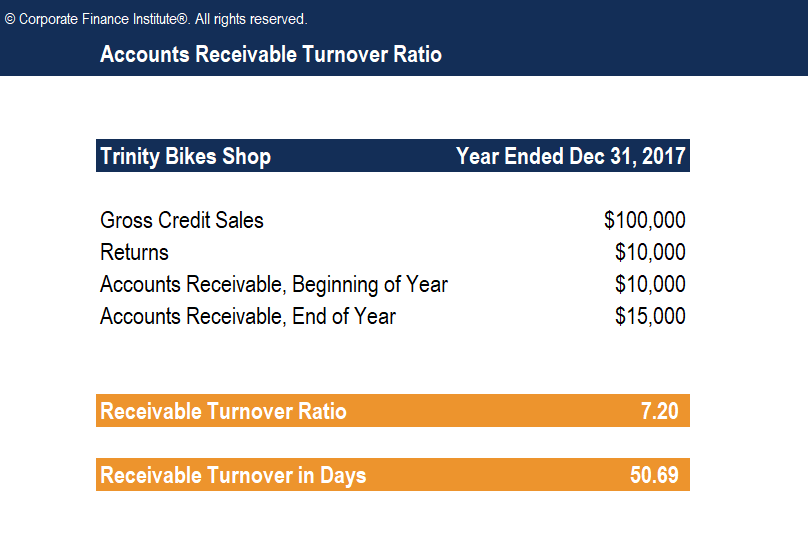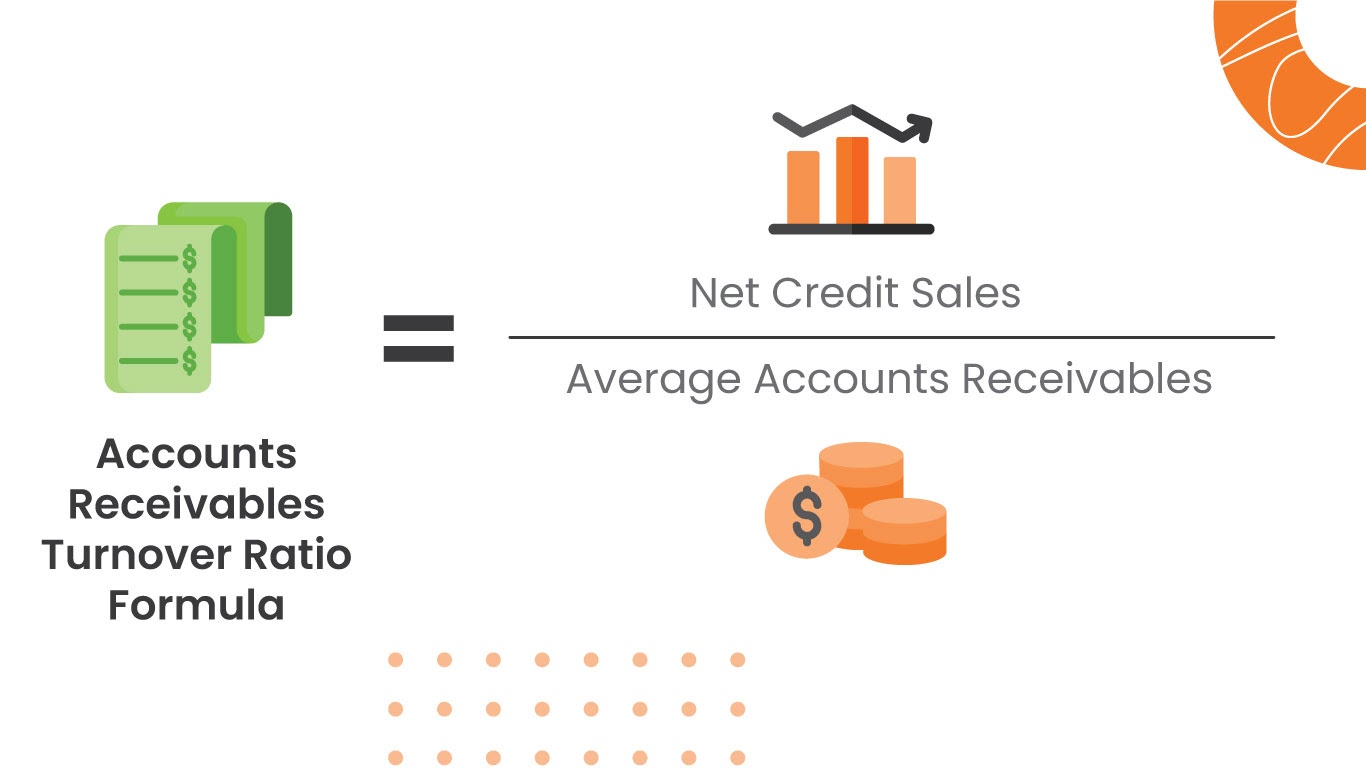
A company may track its accounts receivable turnover ratio every 30 days or at the end of each quarter. In this manner, a company can better understand how its collection plan is faring and whether 2013 federal irs tax calculators and tax forms file now it is improving in its collections. Although this metric is not perfect, it’s a useful way to assess the strength of your credit policy and your efficiency when it comes to accounts receivables.
How can you use your accounts receivable turnover ratio to improve your business?
It establishes relationship between net credit annual purchases and average accounts payables. In this case also accounts payables’ figure should be considered at gross value i.e. before deducting provision for discount on creditors (if any). The receivable turnover ratio, otherwise known as debtor’s turnover ratio, is a measure of how quickly a company collects its outstanding accounts receivables.
Fiscal Year Explained: How To Choose One For Your Business
The capital employed turnover ratio indicates the ability of a company to generate revenues from the capital employed. The higher the working capital turnover ratio, the higher the efficiency of the company to use its short-term assets and liabilities for the purpose of generating sales. A low accounts receivable turnover ratio, on the other hand, often indicates that the credit policies of the business are too loose. For example, you may allow a longer period of time for clients to pay or not enforce late fees once your deadline to pay has passed. The average accounts receivable depends on the industry – it may be different for each one – and varies widely.
Reviewed by Subject Matter Experts

The debt service coverage ratio is a measure of a company’s ability to meet its fixed debt payments. The formula for calculating the debt service coverage ratio is net income before interest and tax divided by fixed interest charges. Regardless of whether the ratio is high or low, it’s important to compare it to turnover ratios from previous years.
What is a good account receivable turnover ratio?
To determine your accounts receivable turnover ratio, you would divide the net credit sales, $100,000 by the average accounts receivable, $25,000, and get four. The first part of the accounts receivable turnover ratio formula calls for your net credit sales, or in other words, all of your sales for the year that were made on credit (as opposed to cash). This figure should include your total credit sales, minus any returns or allowances. You should be able to find your net credit sales number on your annual income statement or on your balance sheet (as shown below). For example, the accounts receivable turnover ratio is one of the metrics that business investors and lenders look at when determining whether to invest in or loan money to your business. Investors and lenders want to see receivables turnover ratios similar or slightly higher than other businesses in your industry.
This is usually calculated as the average between a company’s starting accounts receivable balance and ending accounts receivable balance. The accounts receivable turnover ratio is an accounting calculation used to measure how effectively your business (or any business) uses customer credit and collects payments on the resulting debt. Higher turnover ratios imply healthy credit policies, strong collection processes, and relatively prompt customer payments.
- A low ratio might mean that the business has inefficient credit collection policies and would benefit from adjusting them so that customers pay more promptly.
- However, a ratio of less than 10 is generally considered to be indicative of a company having Collection problems.
- As such, the beginning and ending values selected when calculating the average accounts receivable should be carefully chosen to accurately reflect the company’s performance.
- Since industries can differ from each other rather significantly, Alpha Lumber should only compare itself to other lumber companies.
The accounts receivable turnover ratio, also known as the debtors turnover ratio, indicates the effectiveness of a company’s credit control system. The P-A-S method is a variation of the traditional AR turnover calculation. It is calculated by dividing the current period’s net credit sales by the sum of the previous period’s ending accounts receivable and the current period’s ending accounts receivable. It’s good for businesses to keep an eye on the accounts receivable turnover ratio throughout the year to track performance and see projections for the future as part of their financial modeling and planning. A good accounts receivable turnover ratio can be a useful indicator of how efficient your business is.
In this guide, therefore, we’ll break down the accounts receivable turnover ratio, discussing what it is, how to calculate it, and what it can mean for your business. Assuming that this ratio is low for the lumber industry, Alpha Lumber’s leaders should review the company’s credit policies and consider if it’s time to implement more conservative payment requirements. This might include shortening payment terms or even adding fees for late payments.

